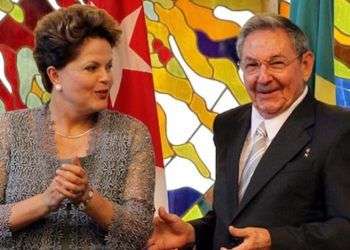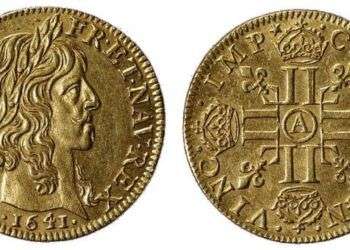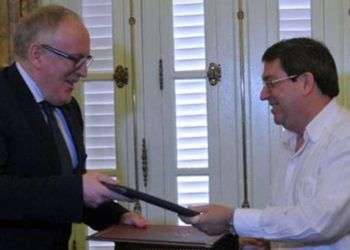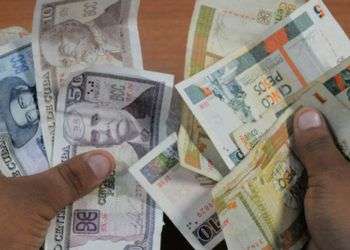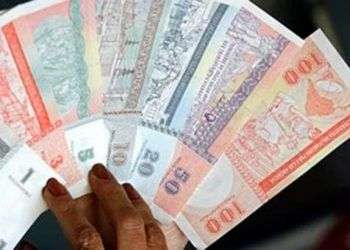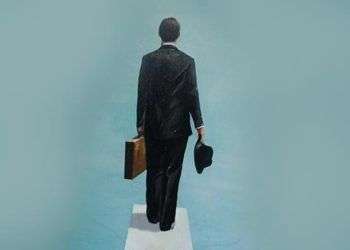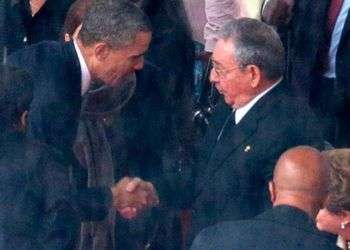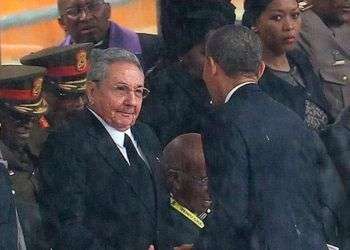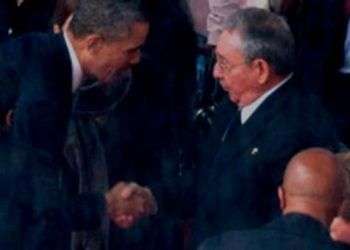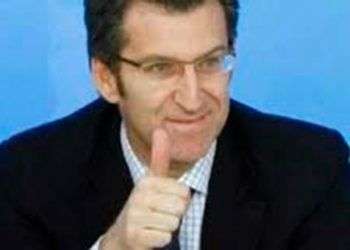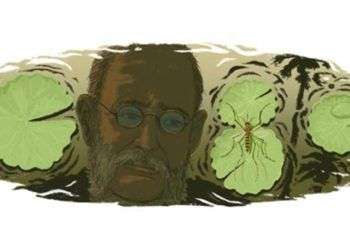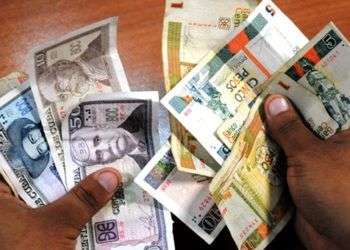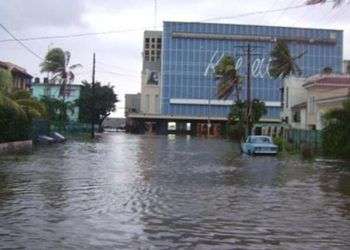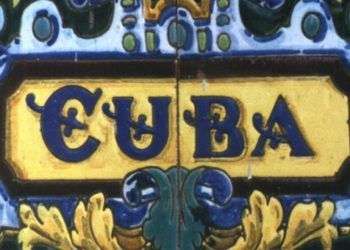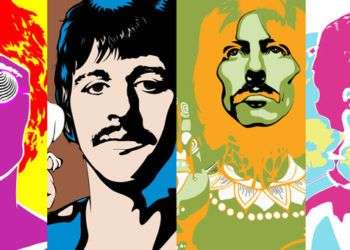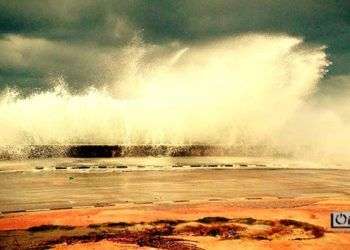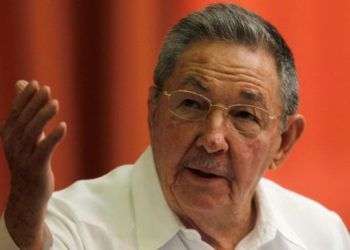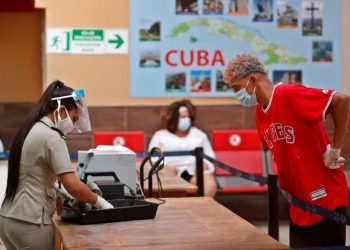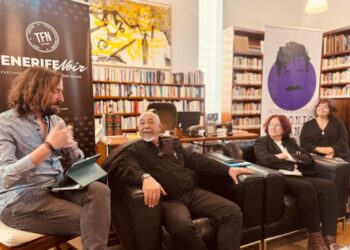First Day of Mariel Special Development Zone
Brazil’s president, Dilma Rousseff, invited to the 2nd Summit of CELAC, will accompany Raul Castro on Monday in the opening of the new container terminal. Rousseff and Castro will not be simply opening the doors of a new marine facility, but they will also premiere a chapter in Cuban economic history, at just few months after the entry into force of a law on foreign investment that will be discussed and approved in extraordinary circumstances. El Mariel is a bet towards a somewhat uncertain future because all the investment is thought for the time in which USA and Cuba to fully resume their economic relations. The expansion and modernization of the port has cost Brazil over 640 million dollars. The work has been developed by the Revolutionary Armed Forces Construction Company and Odebrecth Corporation. The progress of its construction had a high-level monitoring, in which Raúl Castro was directly and publicly involved. The Special Development Zone, accompanying port, aims to be the basis for a new wave of foreign investment in Cuba. It will also function as a giant storage center and regional marine cargo handling. To attract entrepreneurs, the Cuban State Council approved a special tax regime, which reduces...


